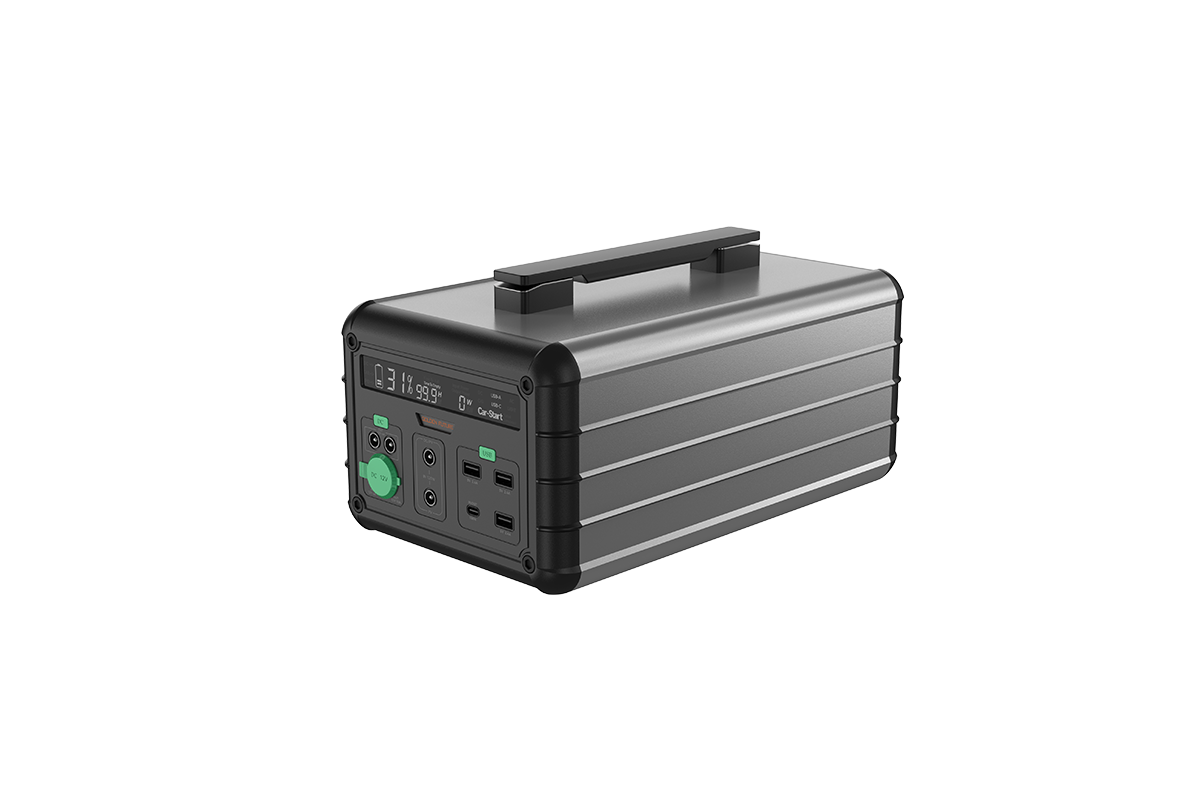

Time:2025-07-28 Views:1

The first charge of a lithium-ion battery is a critical step that can influence its long-term performance and lifespan, though modern advancements have reduced some traditional myths. Firstly, avoid fully depleting the battery before the first charge; most lithium-ion batteries come with a partial charge (around 30-50%), and topping it up when received is sufficient. Over-discharging can strain the battery’s chemical structure, potentially reducing its capacity over time.
When charging, use the original charger provided by the manufacturer. Third-party chargers may not match the battery’s voltage and current specifications, leading to inefficient charging or even safety risks like overheating. The first charge does not require an extended 12-hour cycle as older nickel-based batteries did. Lithium-ion batteries use a “top-up” charging method, and once they reach 100%, the charger automatically switches to a trickle charge to maintain the level. Leaving them plugged in for excessive hours can cause unnecessary heat buildup, which is harmful to the battery’s longevity.
Temperature is another key factor. Charge the battery in a cool, dry environment (ideally between 10°C and 30°C). Extreme temperatures, whether hot or cold, disrupt the electrochemical reactions inside the battery, leading to reduced efficiency and potential damage. Additionally, avoid using the device while it’s charging for the first time. This minimizes heat generation and ensures the battery charges evenly, establishing a stable charging cycle from the start.
Finally, after the first charge, it’s beneficial to perform a few normal charge-discharge cycles (from 20% to 80%) to calibrate the battery’s fuel gauge, ensuring accurate capacity readings on the device. By following these guidelines, users can help maintain the battery’s optimal performance and extend its service life.
Read recommendations:
Electric Trucks with Nickel-Hydrogen Energy Storage Batteries